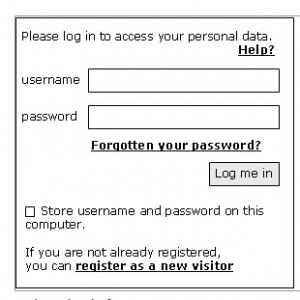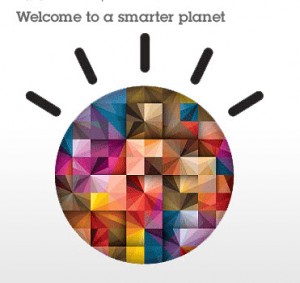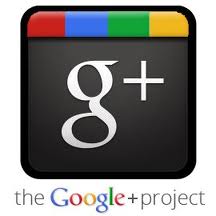Google’s All You Can Eat Strategy.
Google’s “culture of technological obesity” reared its really big head yesterday and the company in early 2012 will be getting into the hardware business — following its intention announced yesterday to buy Motorola Mobility. We’re not talking a nail salon breaking out pumice stones and getting into the foot care business, were talking about a software company buying manufacturing plants, accountants to manage depreciation, thousands of other-continent employees, and then playing the materials engineering, just-in-time game. No Beta release here. No limited invites here. (I don’t know how Apple does it, frankly.)
This is one bold, bold move. And there’s no reason it shouldn’t work. There are hundreds of reasons it shouldn’t work, but no one reason. The justice department had better staff up me droogies.
Unless someone comes along and proves that mobile computing causes brain or pituitary cancer, mobile computing is here to stay and with one company owning the OS, device, search and funding (advertising), it feels like quite the monopoly. And don’t think Larry Page doesn’t have his eye on Sprint or Metro PCS. Google can eat. And eat. And think. And plan. And spend. This is going to be one wild planet-changing ride! If there was a global, publically traded law firm, I’d say buy stock today. Peace!






